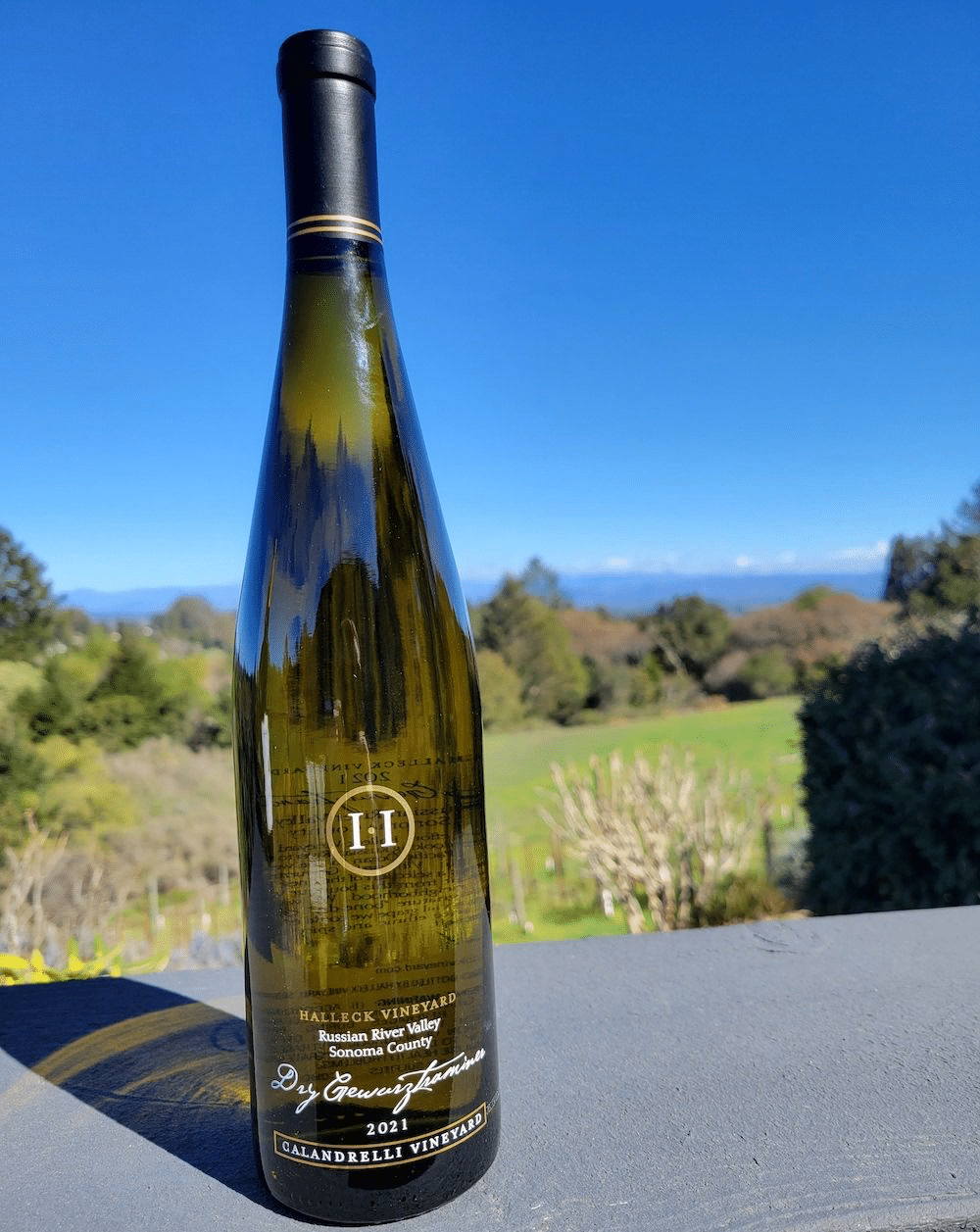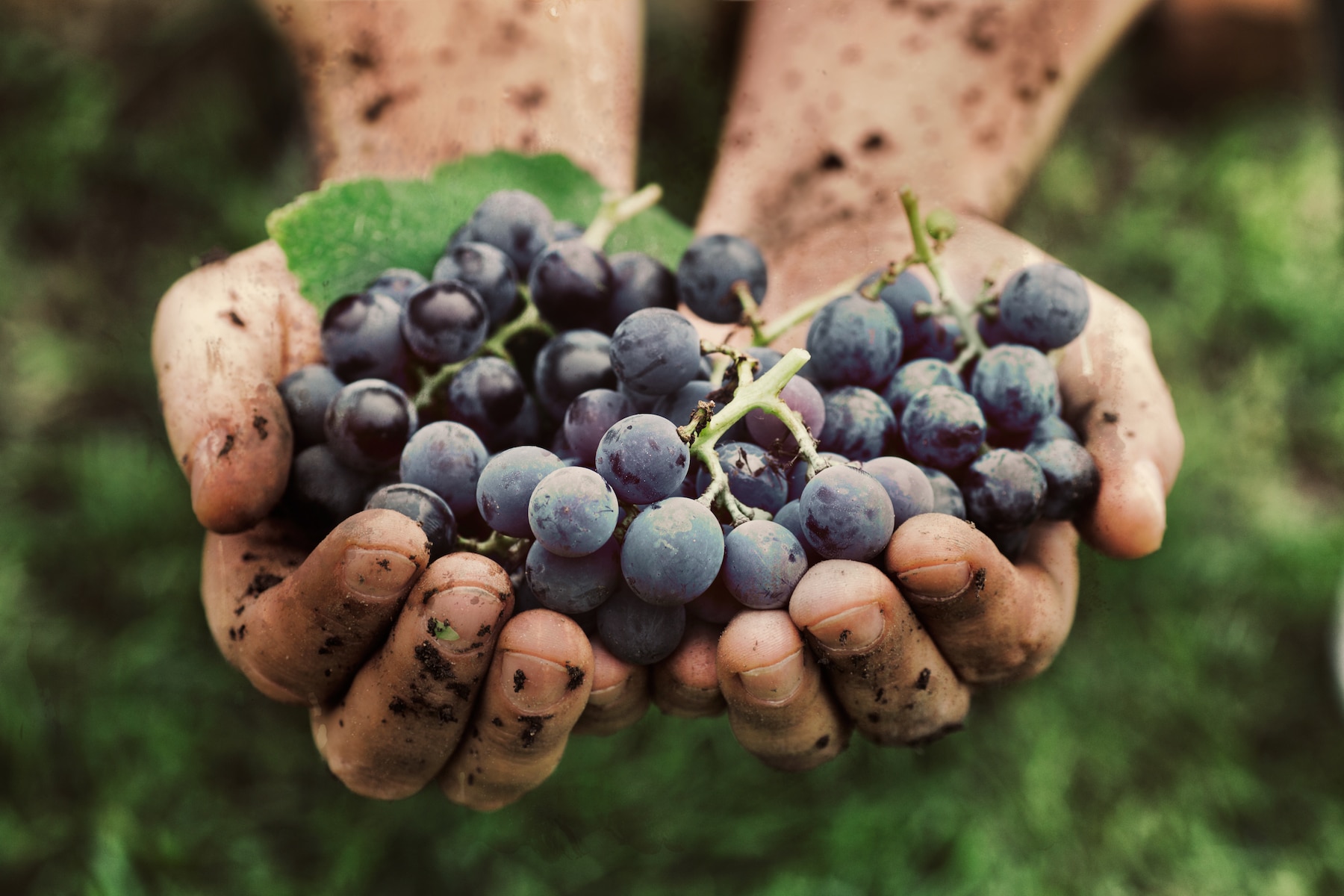Wineries In Green Valley - Best Winery In Sonoma For Quality Wine
Wine tasting is an art that requires practice and an understanding of various features concerned in the course of. One essential component of wine tasting is the event and interpretation of tasting notes, which function a guide for each novices and seasoned connoisseurs. A Guide To Understanding Winery Wine Tasting Notes can improve your wine-tasting experience, making it extra significant and pleasant.

Tasting notes are concise descriptions that seize the essence of a wine’s flavors, aromas, and overall character. Normally composed by professional tasters, winery tasting notes provide insights into the nuances of assorted wines. They can help wine enthusiasts understand what to expect from a specific bottle. Nonetheless, tasting notes can vary extensively in style and detail primarily based on the author's experience and palate.
Wineries With Live Music Events Occasionally - Sonoma’s Lush Vineyard Landscapes
When you first method a glass of wine, your senses will begin to interact immediately. The sight, scent, and taste of the wine will converge to give you a complete experience. Tasting notes usually begin with the visual assessment, the place the colour of the wine is taken into account. Color plays a big function in indicating the wine’s age, grape variety, and even its flavor profile.
After assessing the visual aspect, the subsequent step entails swirling the wine within the glass. This motion aerates the wine, allowing its aromas to awaken. Smelling the wine supplies critical perception into its complexity. The preliminary sniff can ship a flood of scents which will embody fruity, floral, herbal, or earthy notes. This is commonly probably the most subjective part of tasting, as individual experiences can dramatically differ.
In winery tasting notes, descriptors are sometimes categorized into main, secondary, and tertiary aromas. Main aromas often stem from the grape selection, secondary aromas derive from fermentation processes, and tertiary aromas arise from getting older. Understanding these categories might help you recognize the depth of a wine, they usually additionally give you the vocabulary to precise your experience higher.
Wineries With Unique Tasting Experiences - Sebastopol Wine Tours And Vineyards
Following the olfactory encounter, your focus will shift to the style of the wine. This is where the first characteristics—sweetness, acidity, tannins, alcohol—come into play. Tasting notes typically detail these flavors in multiple dimensions, together with the initial assault in your palate to the lingering finish in your tongue. A high-quality wine will present a harmonious balance between these elements.
While tasting, it's essential to ponder the body of the wine, which may be described as light, medium, or full. The physique contributes significantly to your total impression, helping you consider how the wine pairs with food or whether or not it stands alone as a sipping wine. Balancing the body with the opposite characteristics will present you with a fuller understanding of what the wine has to offer.
The finish of the wine, additionally referred to as the aftertaste, is one other critical side often included in tasting notes. A lengthy, pleasant end usually signifies a higher high quality wine, whereas a brief or cloying aftertaste might counsel otherwise. Evaluating the end can provide additional perception into the wine's complexity and distinction.
Understanding the context of winery tasting notes can additionally be useful. Tasting notes can provide contextual details about the winery's location, climate, and grape-growing practices. This context adds another layer of appreciation for the wine, permitting enthusiasts to attach the sensory experience with its origins, thus enhancing the enjoyment further.
Wineries Specializing In Sparkling Wines - A Guide To Sonoma Wineries
Many wineries provide tasting notes on their websites or labels, typically written in an approachable yet informative style. However, not all winery tasting notes are created equal. Some may be overly technical, whereas others might prioritize marketing flair over insightful analysis. Learning to navigate these notes can arm you with the knowledge to make knowledgeable decisions when deciding on wines.
Participating in tastings at wineries can also deepen your understanding of wine tasting notes. Interacting with knowledgeable staff may give you a extra hands-on method to exploring different wines and the language used to describe them. Rustic Family-Owned Wineries In Sebastopol. You Will have the chance to ask questions, have interaction in discussions, and doubtlessly refine your palate in actual time.
Experimentation is crucial for mastering wine tasting notes. As you pattern totally different wines, try making your own notes. Focus on describing the wine’s color, aroma, taste, and end. Over time, you’ll develop a private vocabulary that resonates along with your sensory experiences. Every note you create will help refine your palate, allowing you to understand wines at a deeper degree.
Wine Tasting Tours In Russian River Valley - Celebrated Wineries Around Sebastopol
In conclusion, a Guide To Understanding Winery Wine Tasting Notes presents a comprehensive framework for diving into the world of wines. It equips you with the strategies and language necessary to articulate your experiences. Whether you are a casual drinker or a devoted aficionado, understanding and using tasting notes can profoundly impact your wine journey. This data not only enhances your enjoyment but additionally connects you deeply with the rich narratives each bottle tells. By embracing this journey, you turn out to be part of the beautiful mosaic of wine culture, where each sip unveils a new story ready to be found.
- Wine tasting notes usually embody a wide selection of sensory descriptions, including aroma, flavor, acidity, body, and finish, permitting tasters to totally appreciate the wine's characteristics.
- To improve your understanding, familiarize yourself with common wine terminology such as "tannins," "oakiness," or "terroir," which can help decipher the notes extra successfully.
- A systematic method to tasting involves first visually assessing the wine's colour and readability, followed by swirling to release aromas, then inhaling and describing what you experience.
- Taking notes during tasting may help identify patterns over time, bettering your palate and making it simpler to recall preferences for future selections.
- Don't overlook the affect of food pairings; tasting notes can differ significantly when a wine is loved with complementary flavors, altering notion and delight.
- Pay attention to the wine’s vintage, as weather conditions in a given yr can considerably affect the final product, adding another layer to the tasting notes.
- Consider the winemaker's style and philosophy, which might form the wine's profile and impact how its notes evolve with each sip.
- Working Towards with completely different grape varieties can broaden your vocabulary; every type brings unique traits that can improve your capability to articulate tasting notes effectively.
- Engaging with wine professionals or attending tasting events can present useful insights, providing a richer context for understanding personal tasting notes.
- Keep In Mind that tasting is subjective; individual preferences and experiences will form one’s interpretation of the same wine, enriching the general enjoyment of wine exploration.
What are wine tasting notes?
Wine tasting notes are descriptive feedback made by tasters about the appearance, get more aroma, taste, and finish of a wine. They provide an outline of the wine's characteristics and may help consumers perceive the style and quality of the wine.
Vineyard Tours With Guided Tastings In Sonoma - Wine Tasting At Sonoma Vineyards
Why are tasting notes necessary when choosing wine?
Tasting notes can guide you in choosing a wine that fits your palate. They provide insights into flavors and aromas, serving to you to match wines with food or occasions. Understanding these notes enhances your general wine experience.
How should I learn wine tasting notes?
(Wineries Specializing In Sparkling Wines)
Wine Tasting Events In Sonoma County - Top-Rated Wineries In Sebastopol
When reading wine tasting notes, pay consideration to the structure: search for descriptions of shade, aroma, flavor, and finish. This will allow you to grasp the wine's profile and determine if it aligns together with your preferences.
What phrases generally appear in wine tasting notes?
Widespread phrases include "tannin" (the structure), "acidity" (the crispness), "physique" (the weight), and varied flavor descriptors like "fruity," "earthy," or "spicy." Familiarizing yourself with these terms can deepen your understanding of wine.
Wineries With Live Music Events Occasionally - Wineries For Casual Tastings In Sonoma

Am I Able To create my very own tasting notes?
Yes! Writing your personal tasting notes can enhance your wine tasting experience. Focus on your observations of taste, aroma, and different sensory traits. This personal practice may help you refine your palate over time.
How do I determine the aromas in wine tasting notes?
Quaint Wineries In Picturesque Settings In Sebastopol - Wineries With Outdoor Tastings In Sebastopol
To determine aromas, practice smelling a selection of scents and associating them with wines. Swirl the wine in your glass to launch its aromas, then take a second to breathe in deeply before identifying any prominent scents.
What is the distinction between professional and private wine tasting notes?
Professional tasting notes may use extra technical language and particular terminology, while personal tasting notes are subjective and mirror particular person experiences. Both are useful for understanding get redirected here and having fun with wine, but personal notes might resonate extra with your unique tastes.
How can tasting notes enhance my wine appreciation?
Wineries Renowned For Cabernet Sauvignon In Sonoma - Vineyards In The Sonoma Region
Tasting notes can improve your appreciation by serving to you to grasp and articulate the complexities of wine. They encourage conscious tasting and supply a framework for comparing completely different wines, resulting in a richer enjoyment of the beverage.
Are there any apps or instruments to assist with wine tasting notes?
Yes, there are a number of apps designed to help customers report and manage their tasting notes. These instruments typically supply features like flavor wheel guides and wine database searches, making it easier to track your journey through completely different wines.